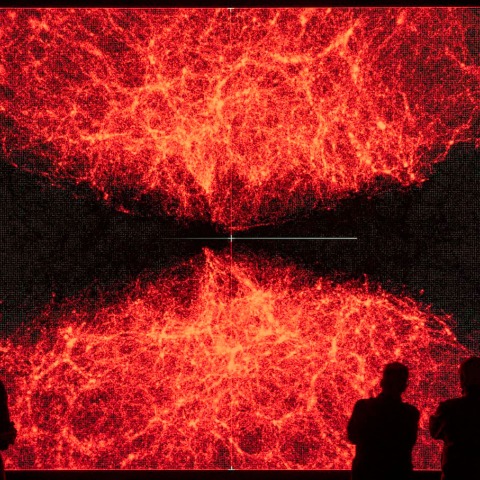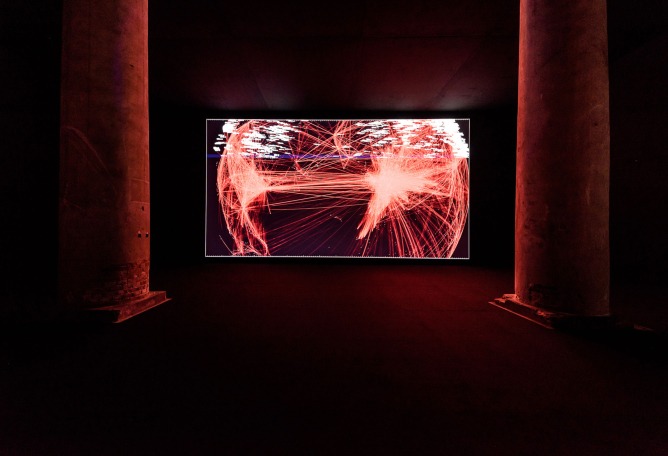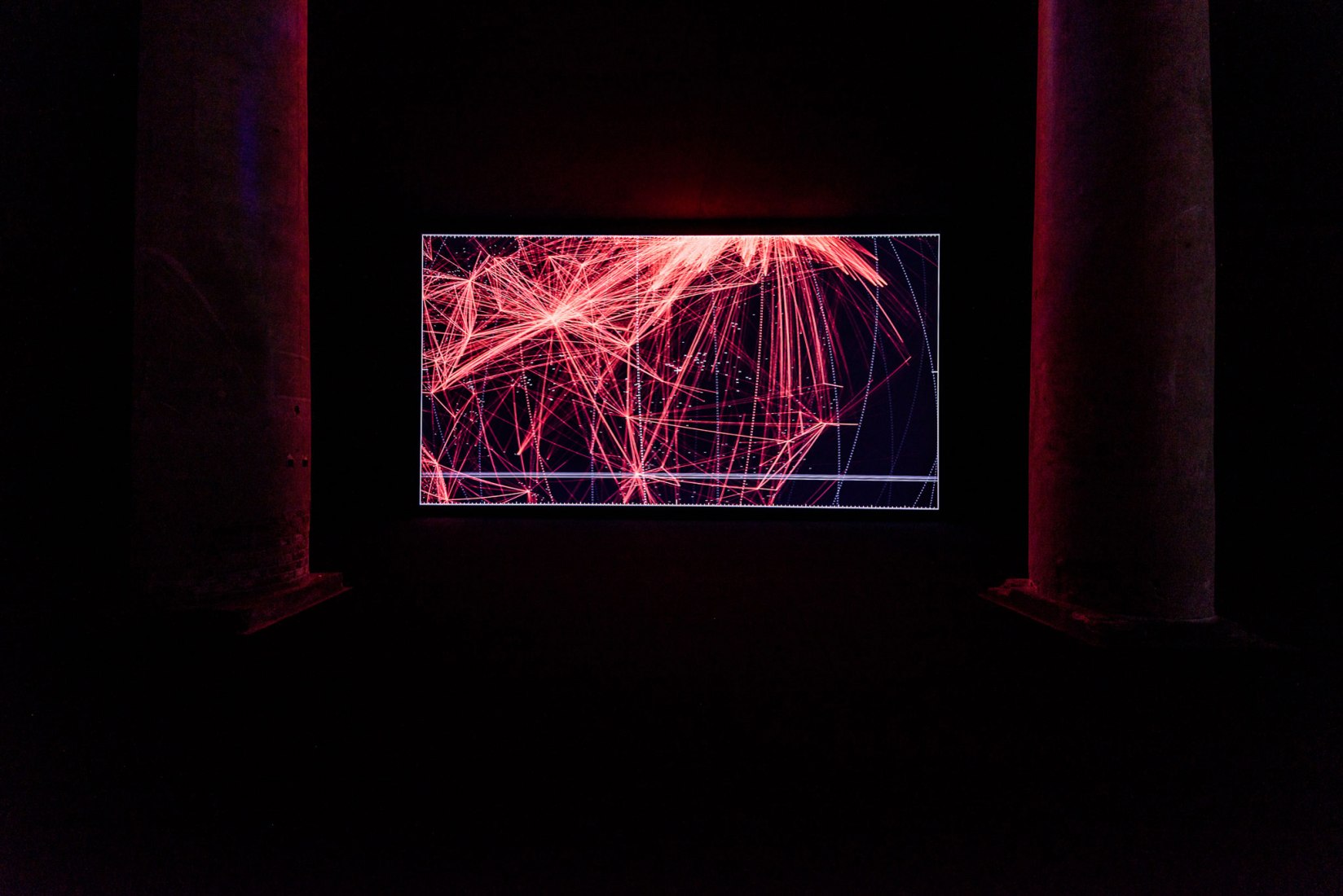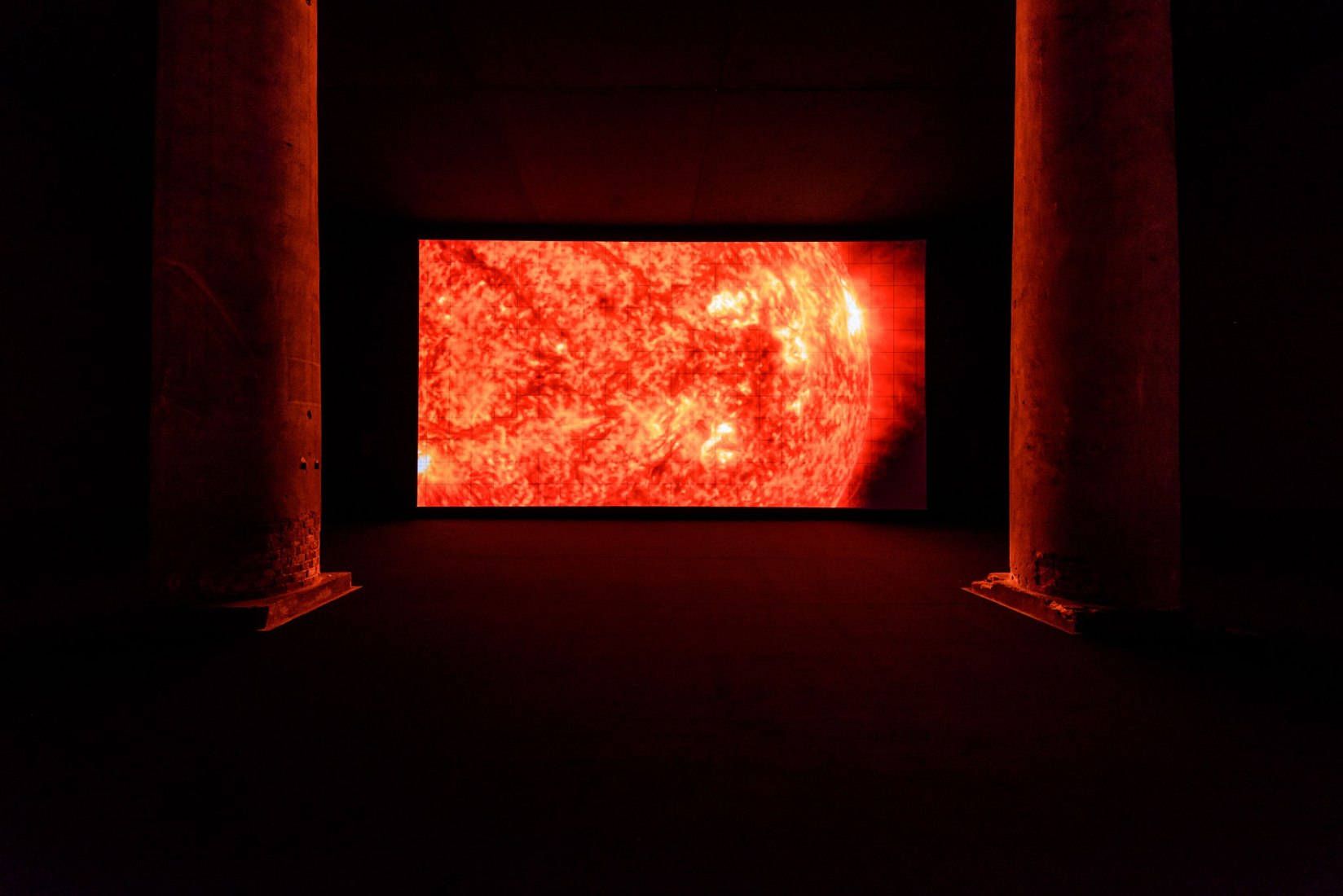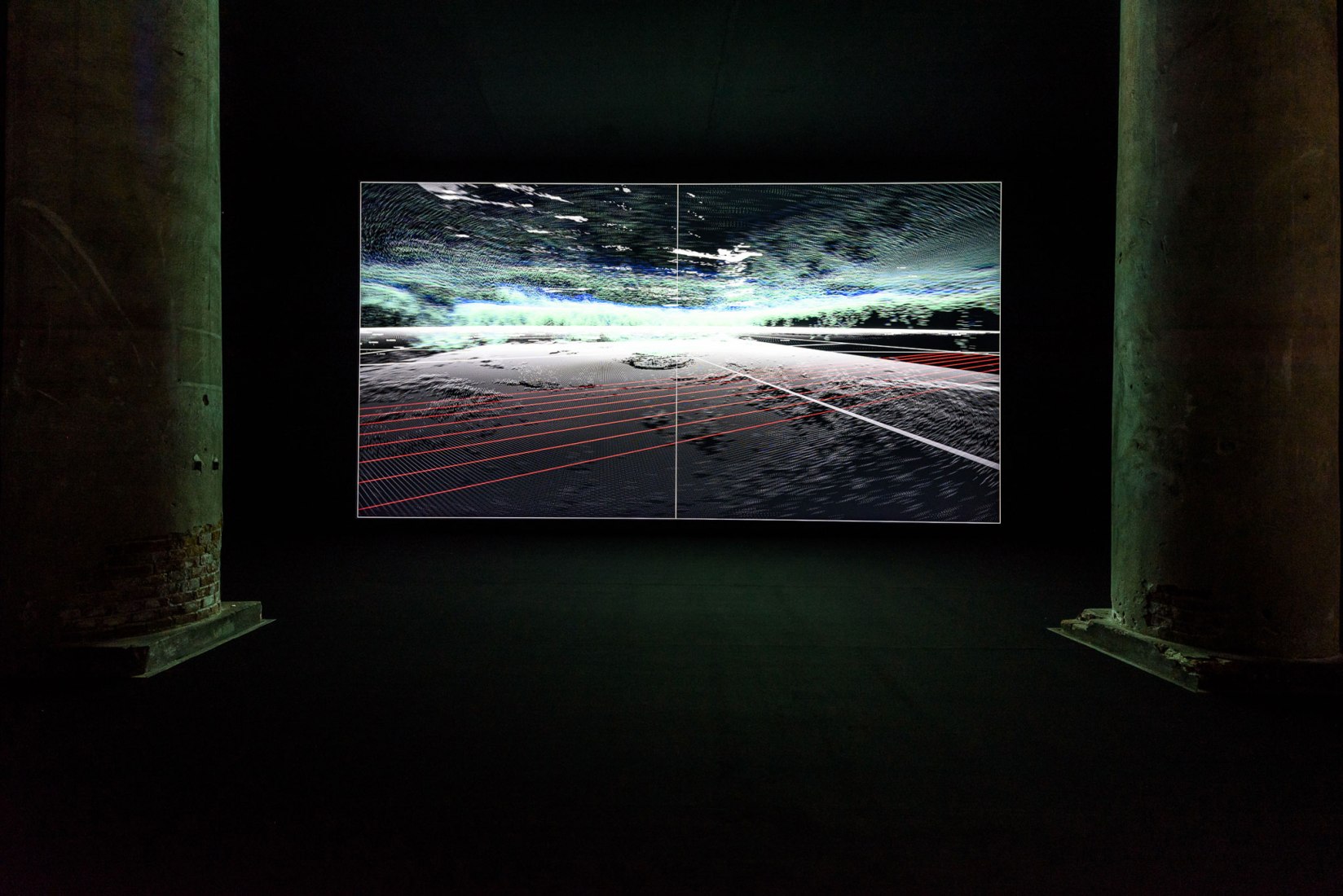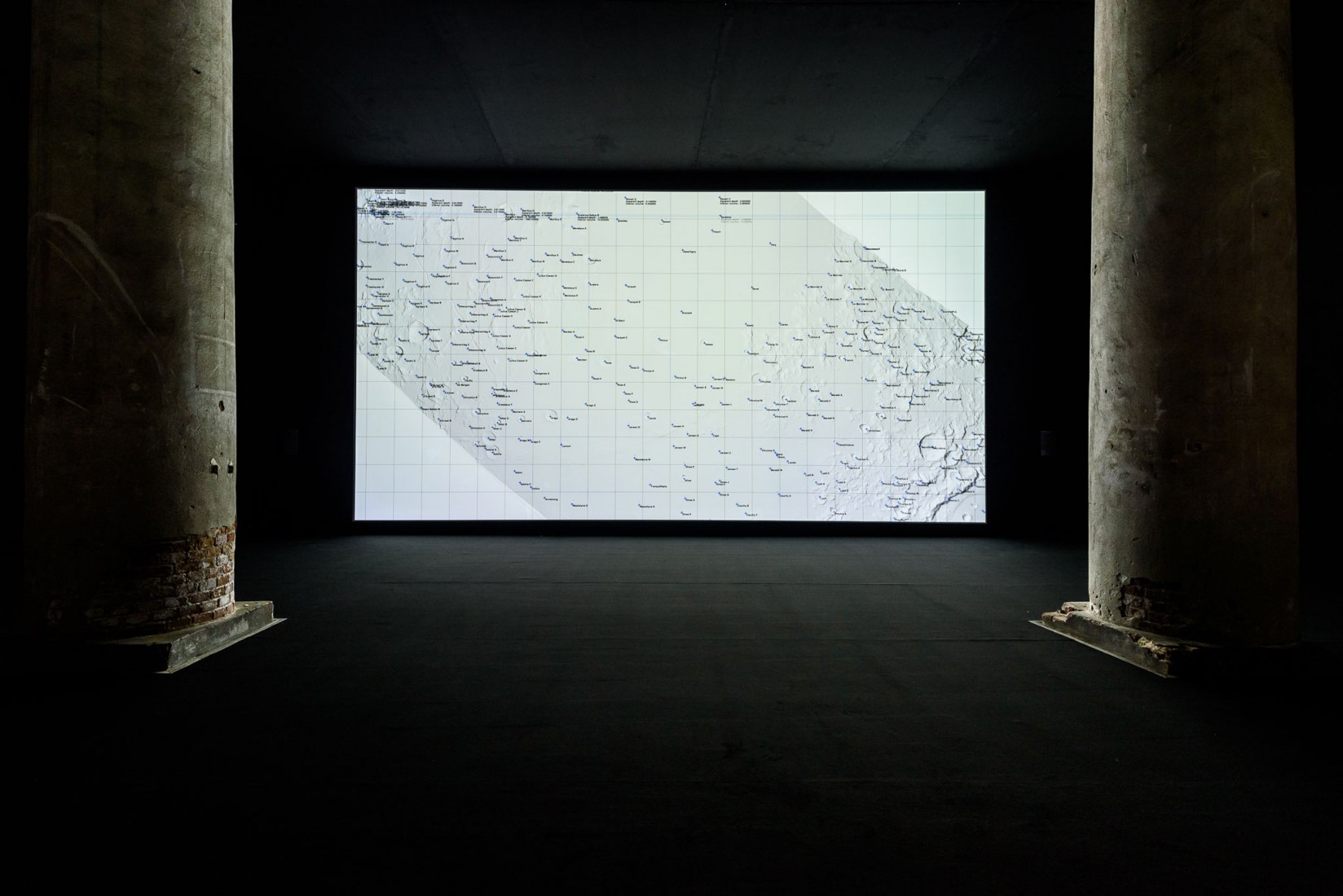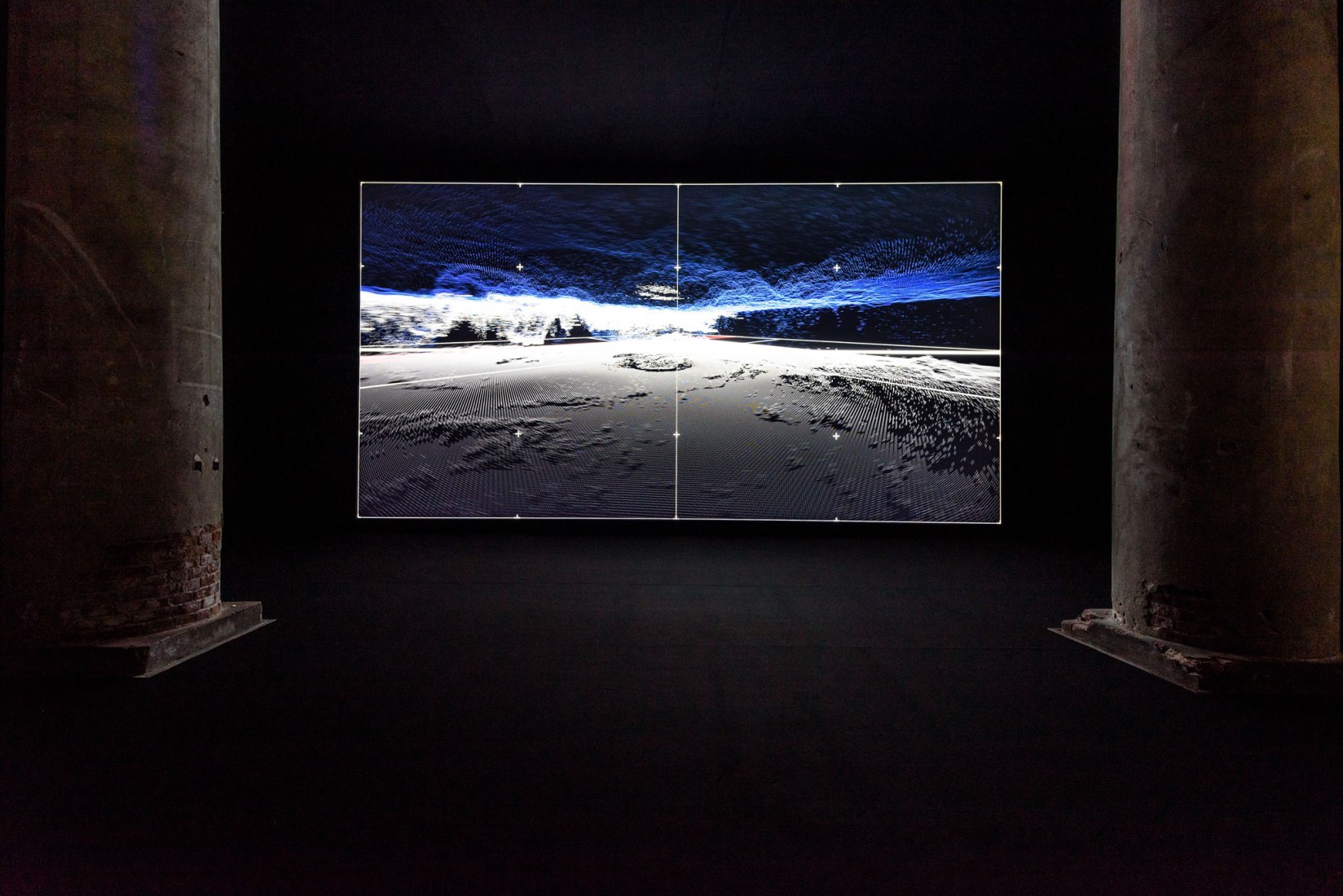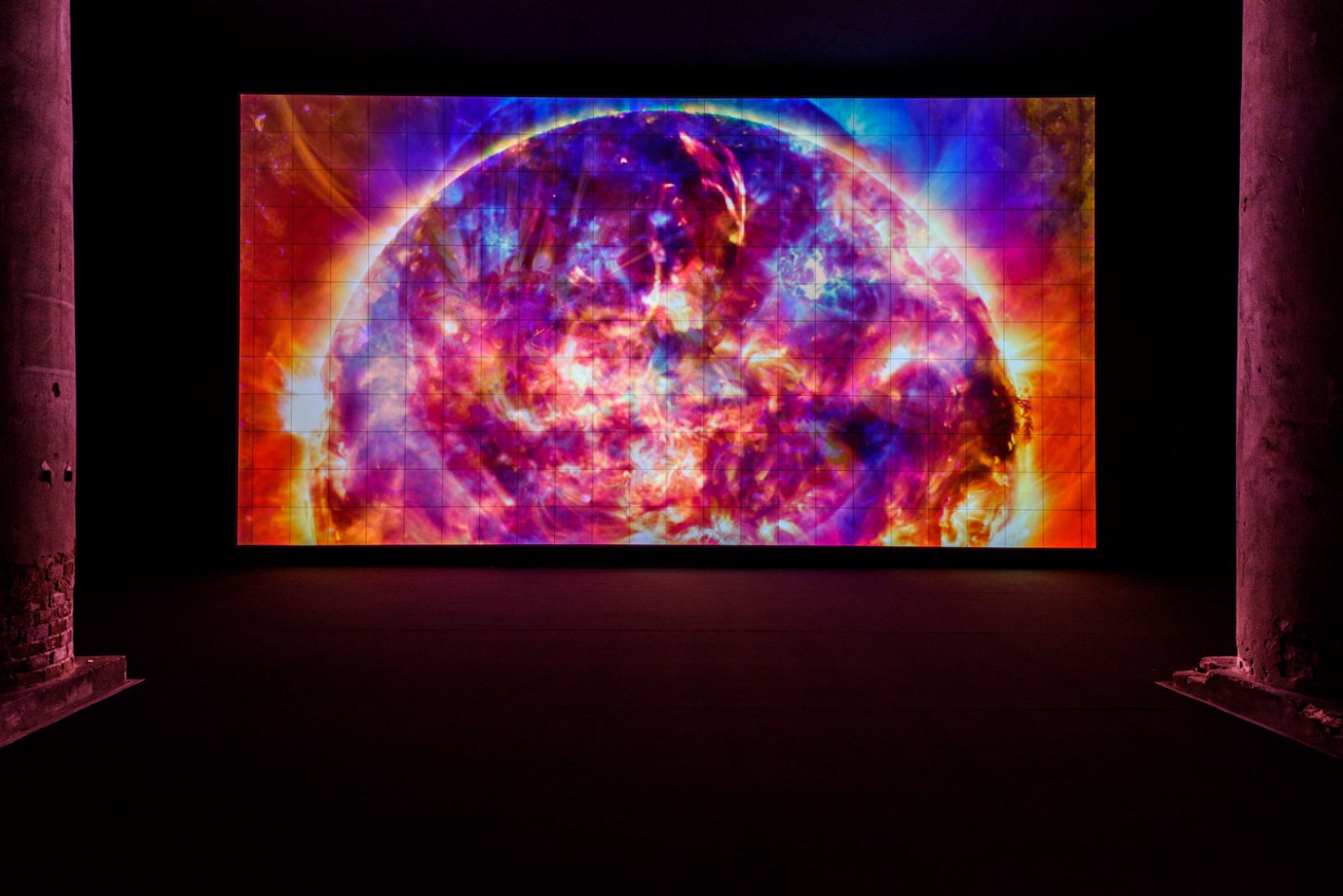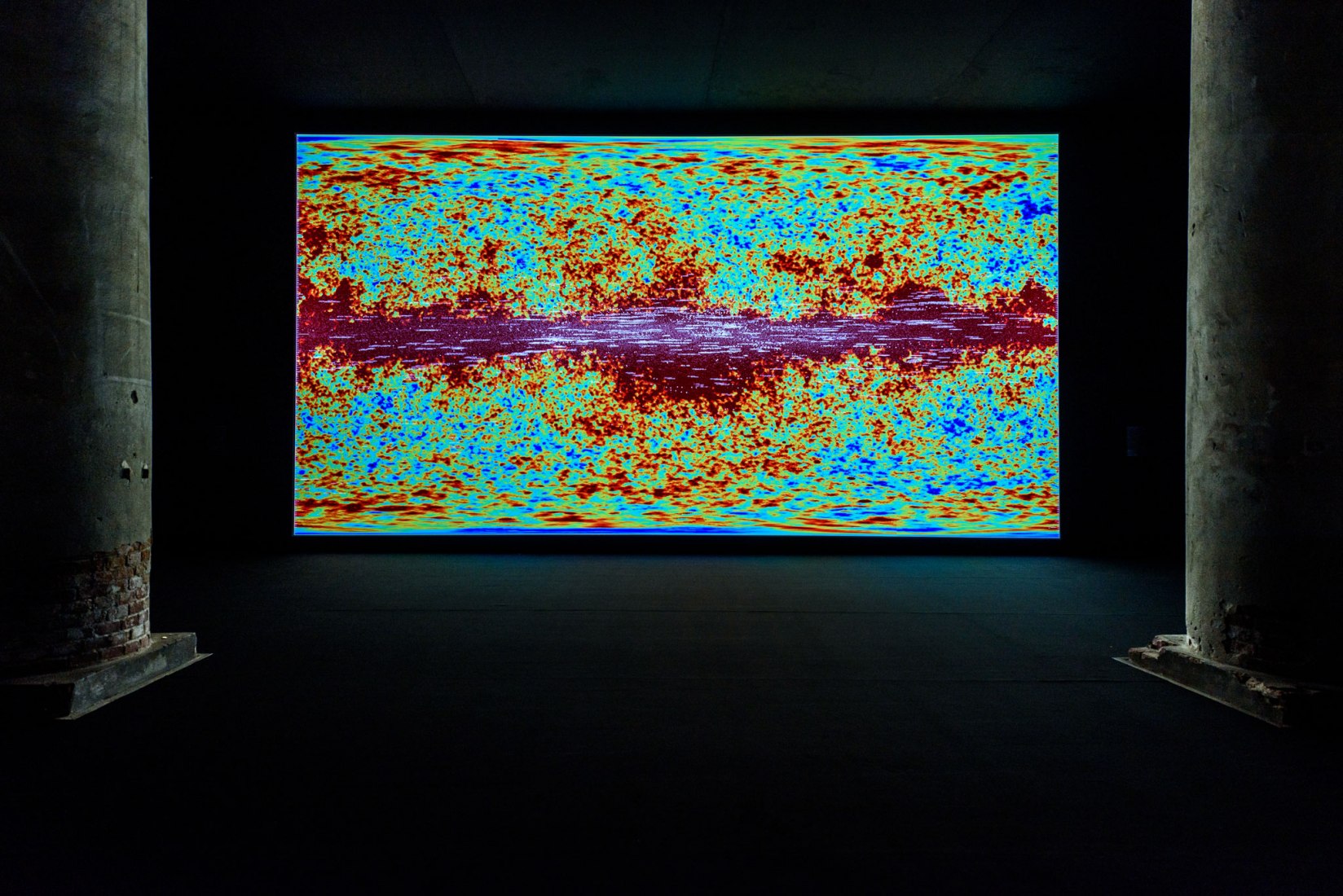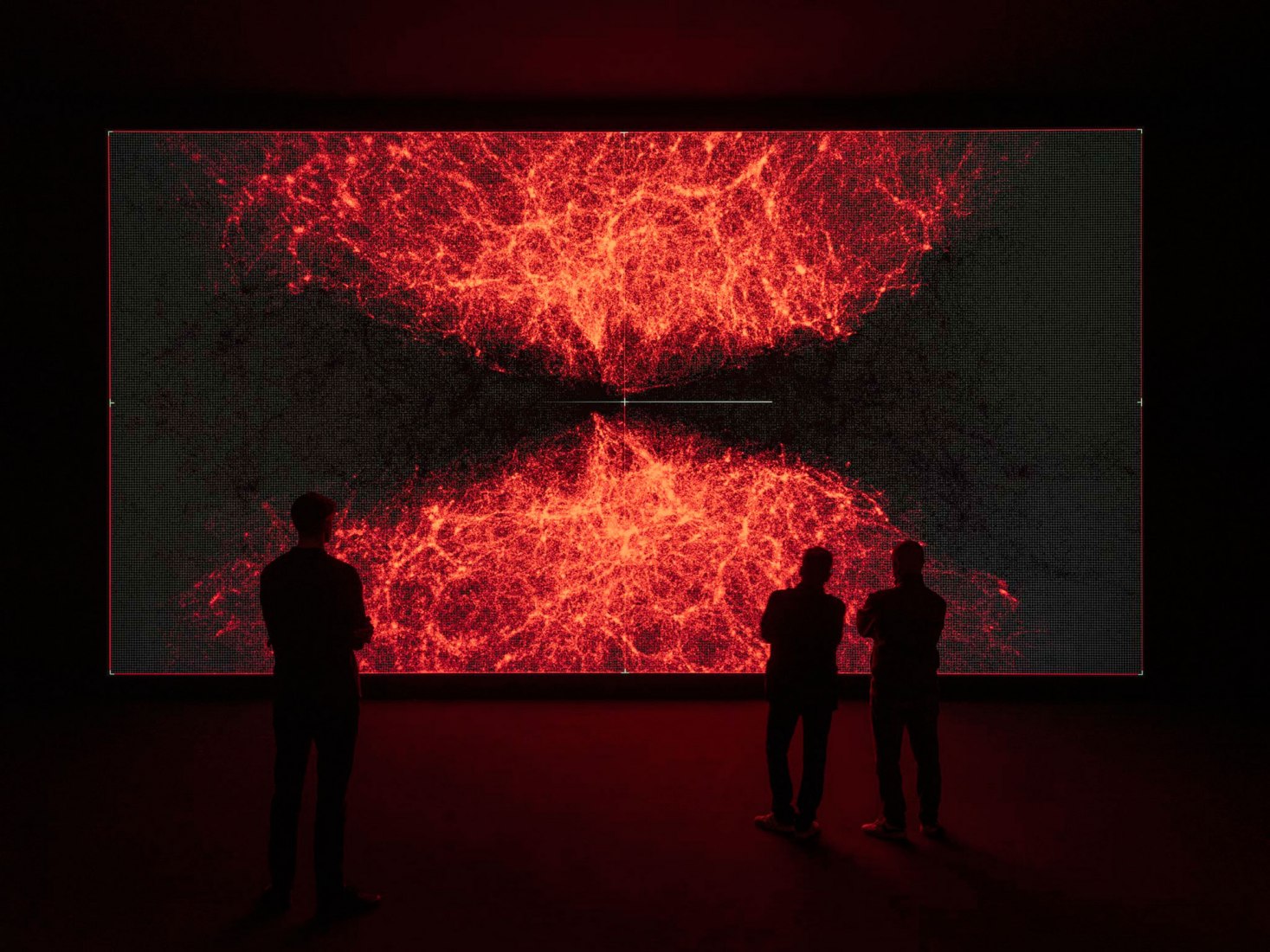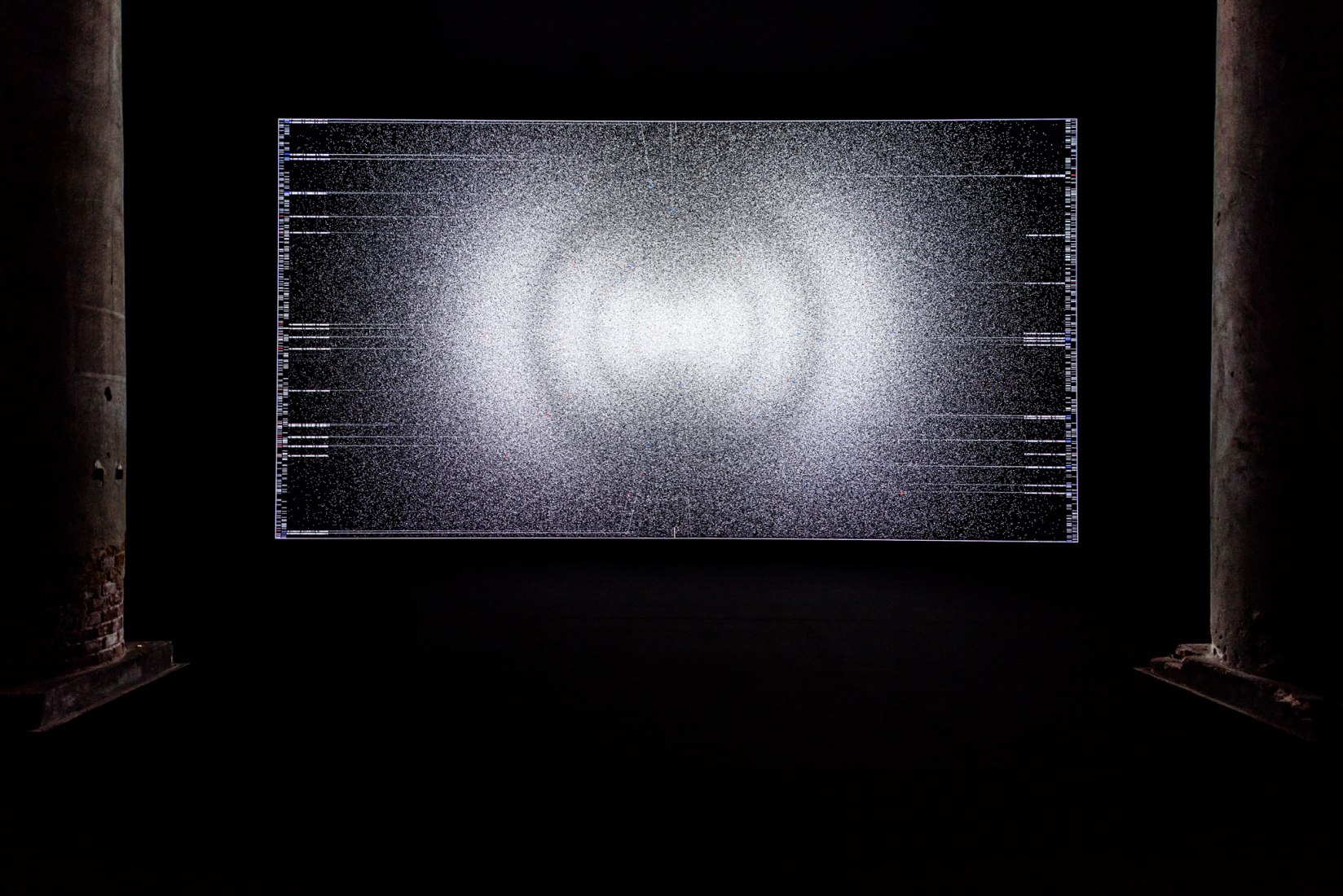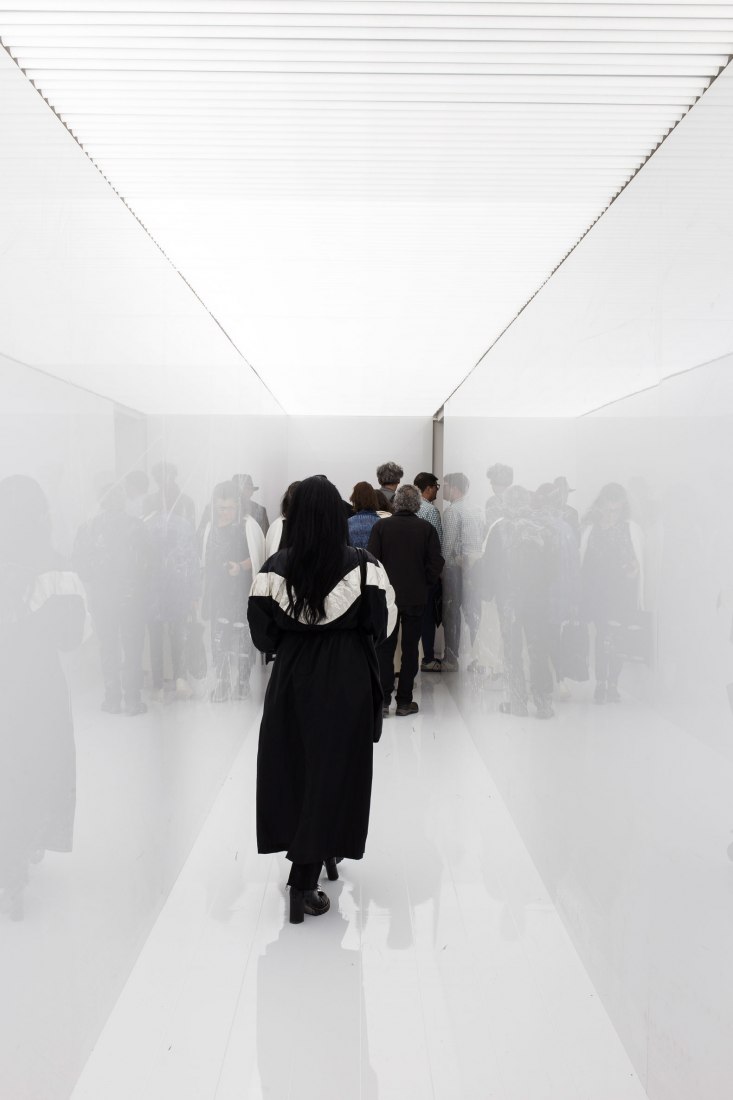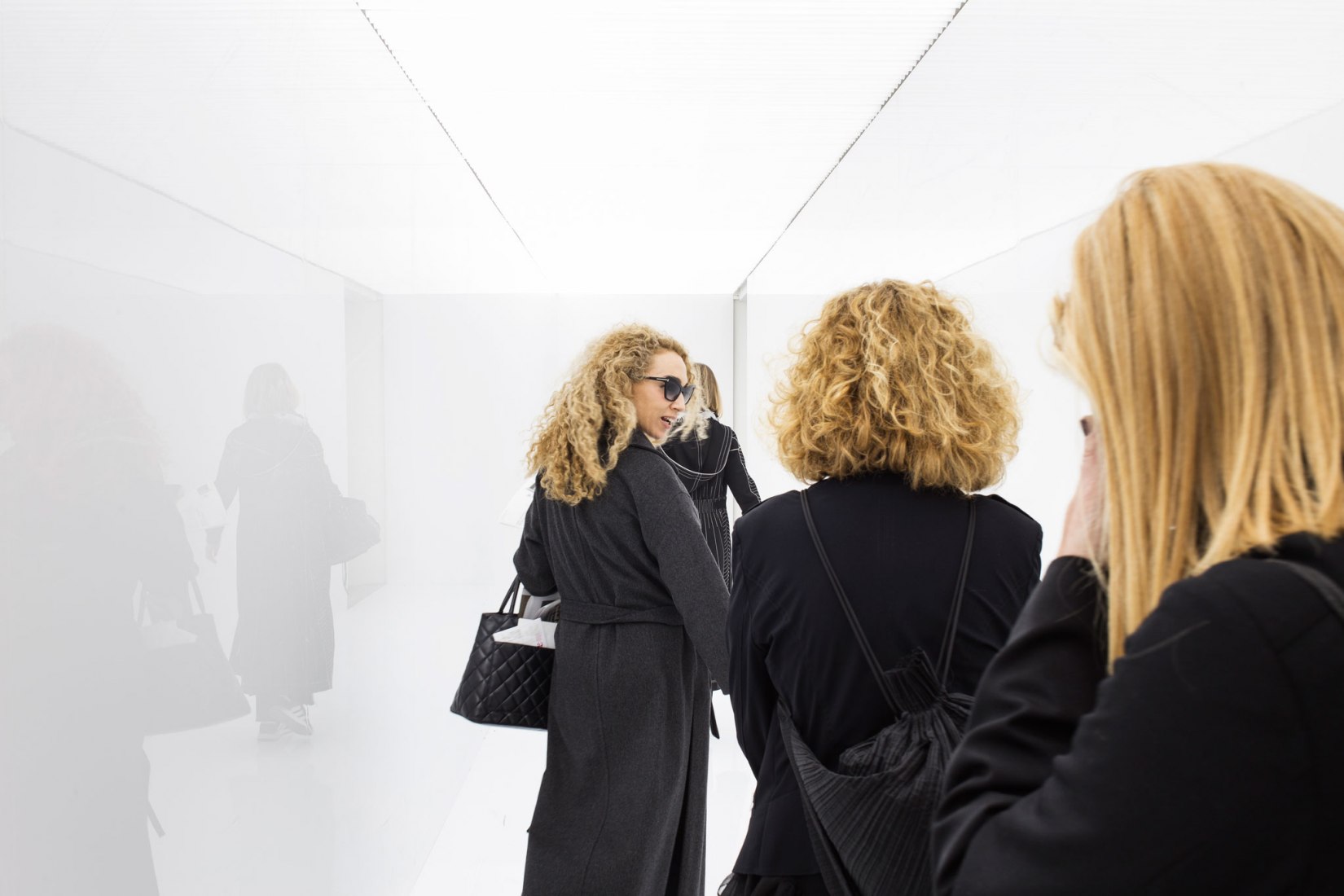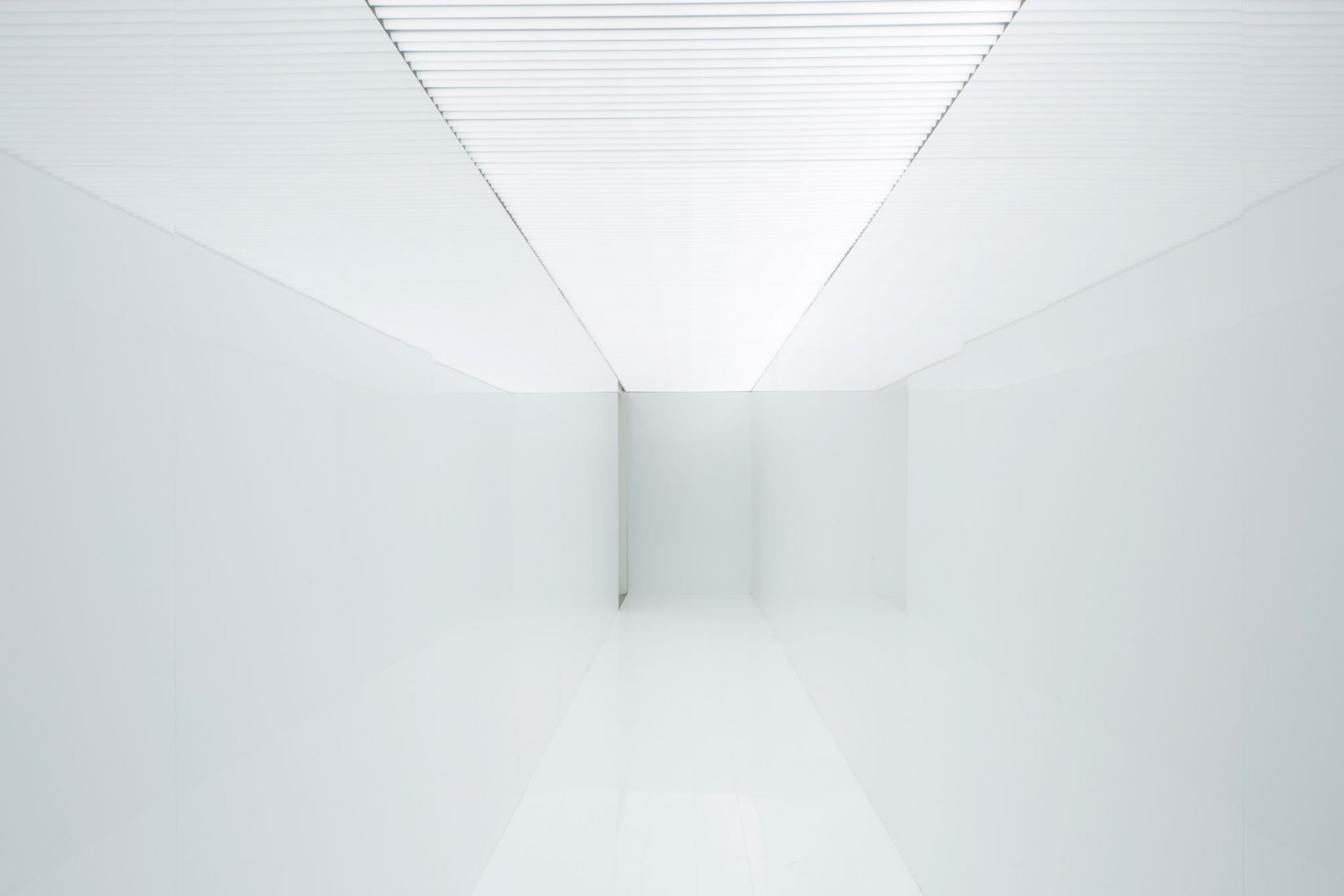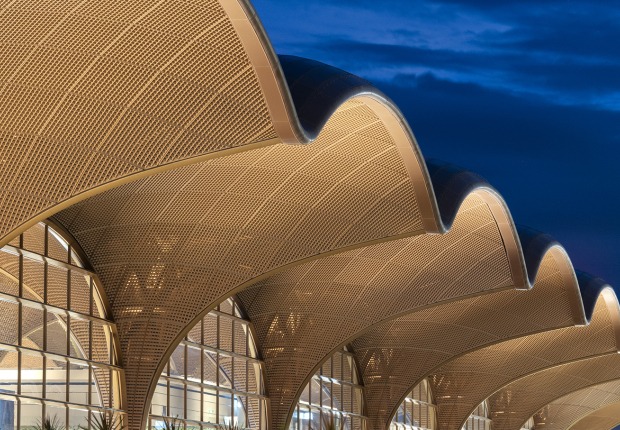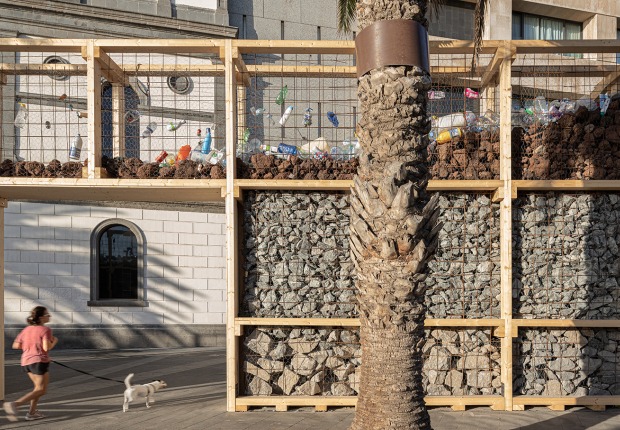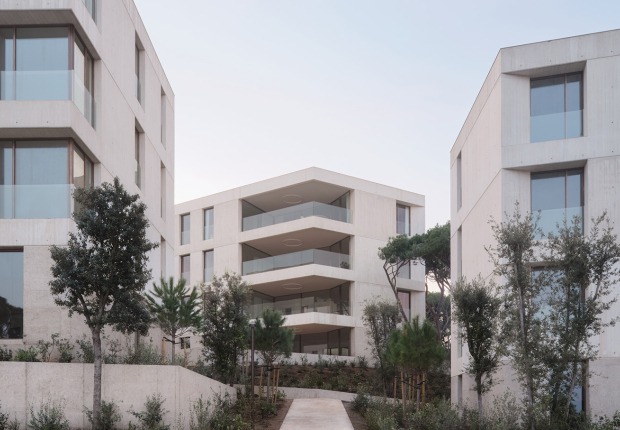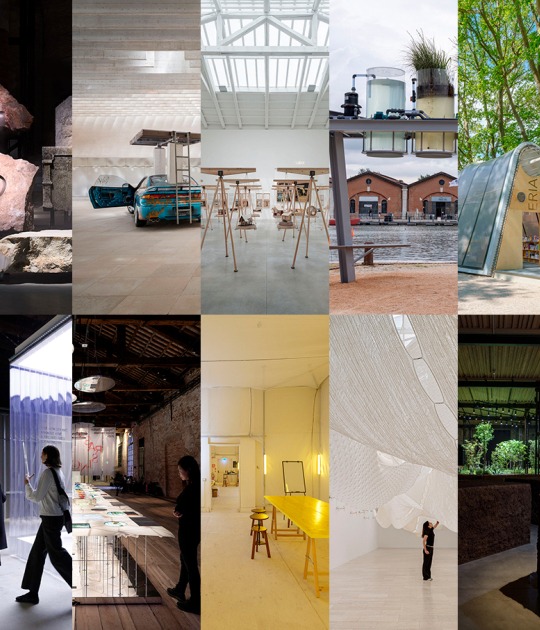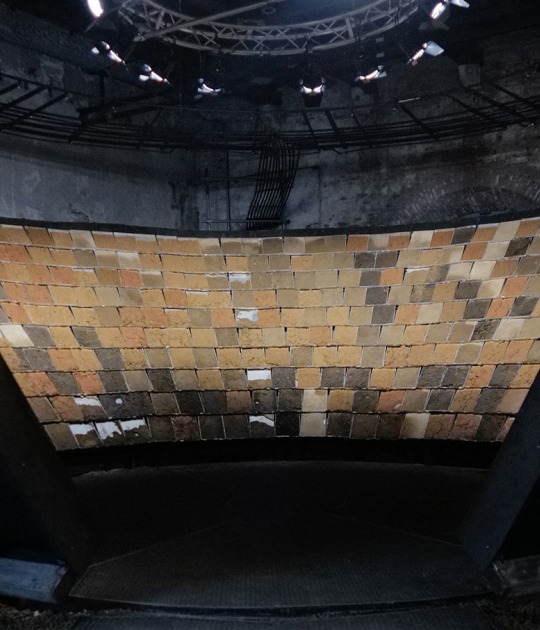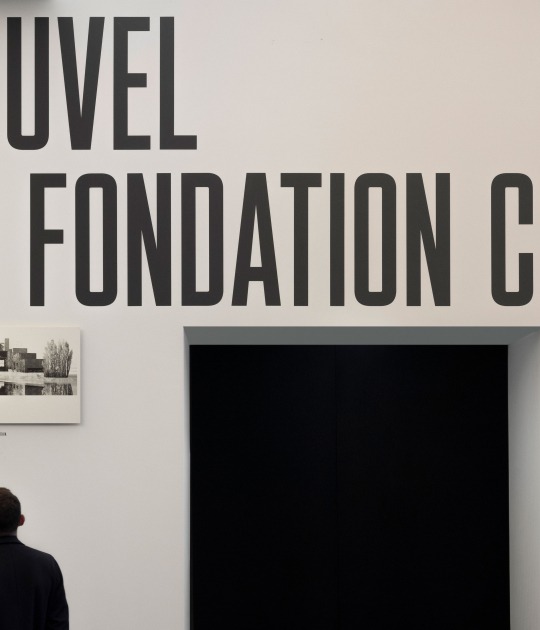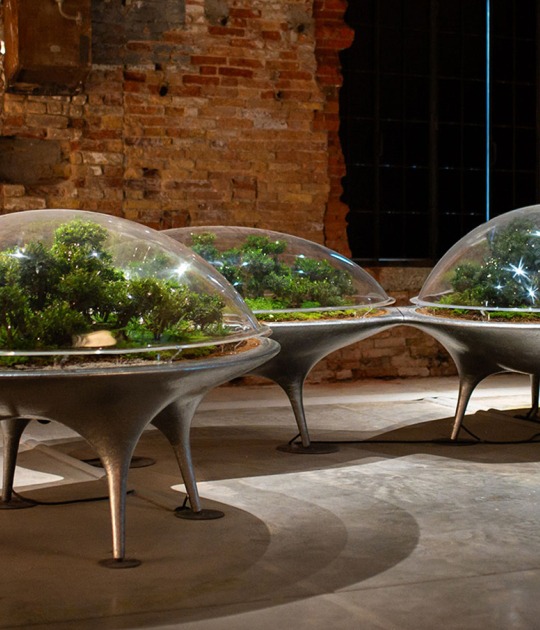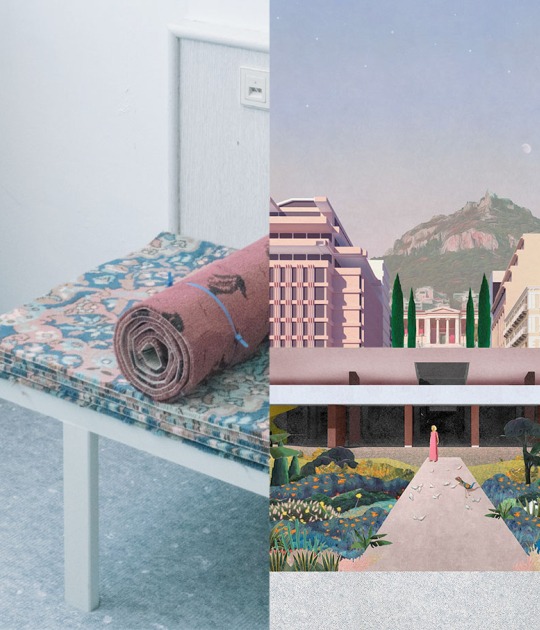The trilogy "Data-verse" will present three variations of this journey from the microscopic to the human and the macroscopic, inviting visitors to experience the massive flow of data in which we live.
"Data-verse" captures hidden facets of nature that have been processed, transcribed, converted and transformed through a massive set of open source scientific data obtained from various institutions such as CERN, NASA and the Human Genom Project, thanks to which it is possible to visualize and sonify the different dimensions that coexist in our world, from the microscopic to the human, to the macroscopic.
"When I set out making this work, my approach was always, first and foremost, that of a composer. Rather than creating a traditional musical composition, I used data as my source material, applying a system and structure as you would with any score."
The installation consists, in a first part, of a large scale screen accompanied by a music created through the obtained data, which harmonizes the high definition video projections. Generated by an extremely precise computer programming, the work comprises a minimalist electronic soundtrack and high definition video projections of scientific data.

Ikeda's presentation "Data-verse" on the world stage of the 2019 Biennale continues Audemars Piguet's mission to support artists, whose practices reflect the complexity, precision and experiential art of the manufacturer, in the production and exhibition of complex works of art. Ikeda's high level of art in work is harmoniously aligned with Audemars Piguet's craftsmanship, creativity and impulse of innovation.
"I was impressed by the watchmaker's craftsmanship and the incredibly high level of precision that they put into their haute horlogerie. The synergy between technical collaborators and programmers to produce something technically intricate, yet artistically unrestrained, resonates with my artistic process."
Ikeda's research allows us to see the world differently and to understand the many layers that make up the universe, particularly the intersections between arts and sciences.
Independently from "Data-verse", Ikeda presents another artwork in the giardini pavilion, in the exhibition organized by this year's curator, Ralph Rugoff. This site-specific installation, titled "Spectra III," consists of LED lighting tubes and white laminated wood panels.
